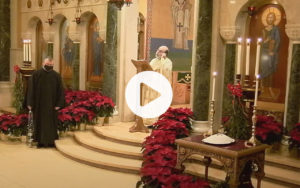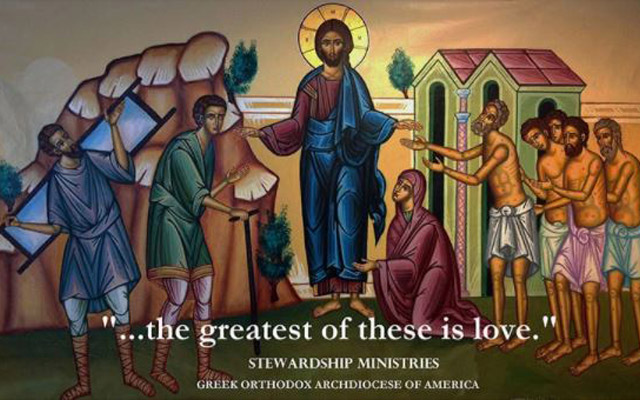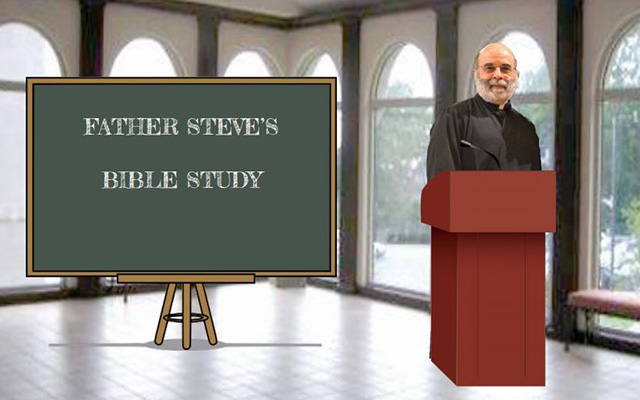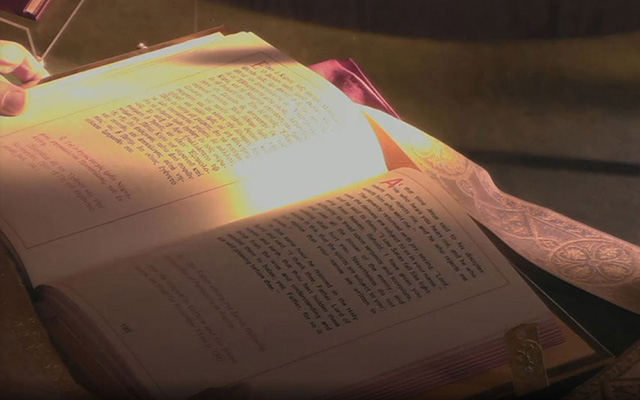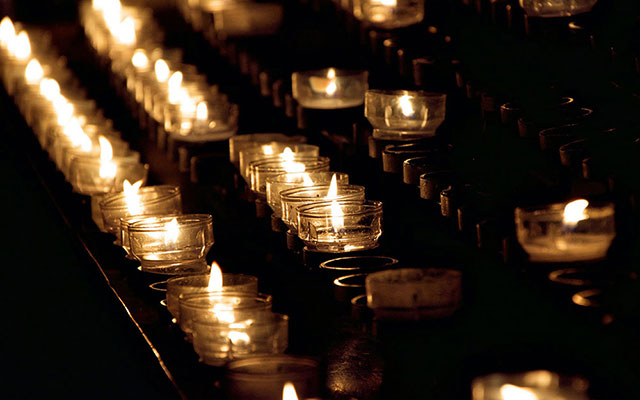The Invitation
Sermon preached by Fr. Antony Hughes on Sunday, December 11, 2016 Salvation is about relationship. We cannot be saved alone. It starts at the very beginning when God says, “Let us make humanity in our own image.” The Hebrew writer gloriously uses the plural: God speaking to God. And gradually the mysterious mutuality of God in Trinity is revealed from the opening verses of Genesis, to the Oak of Mamre, to the Incarnation, the Baptism,


